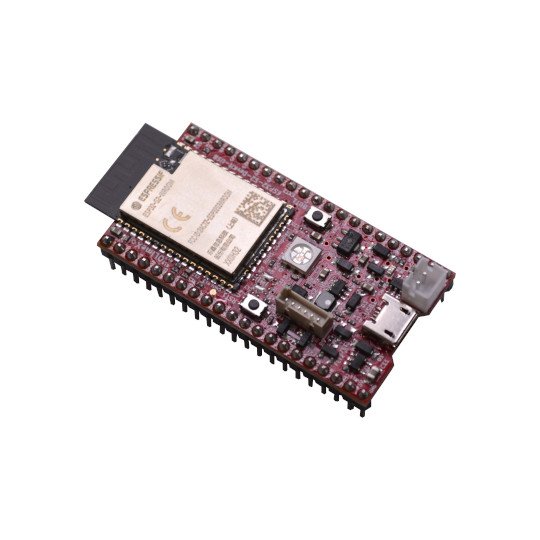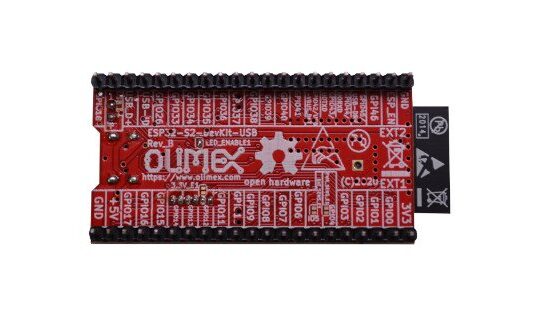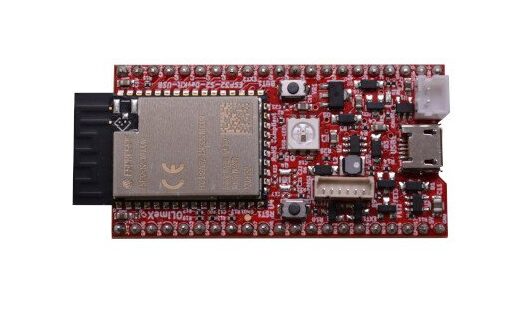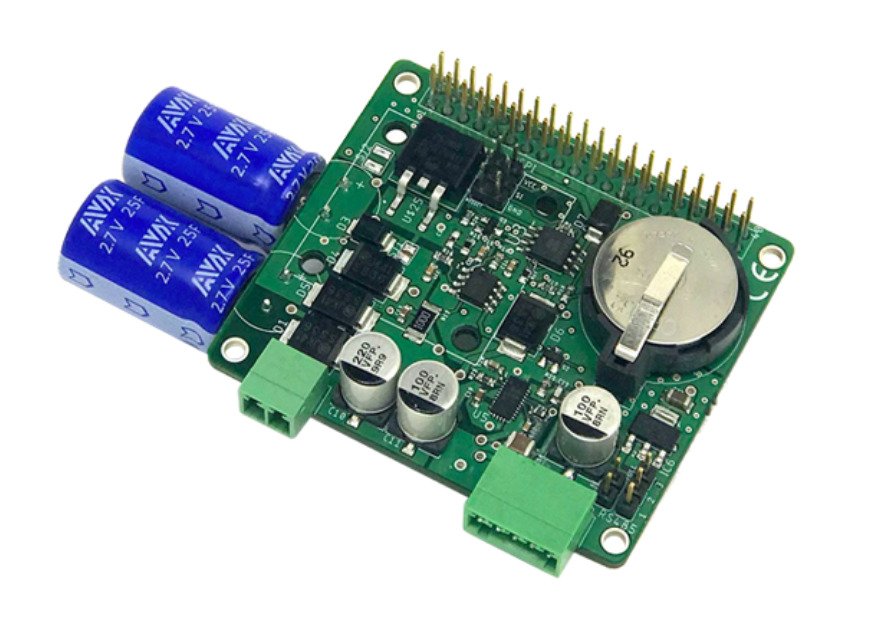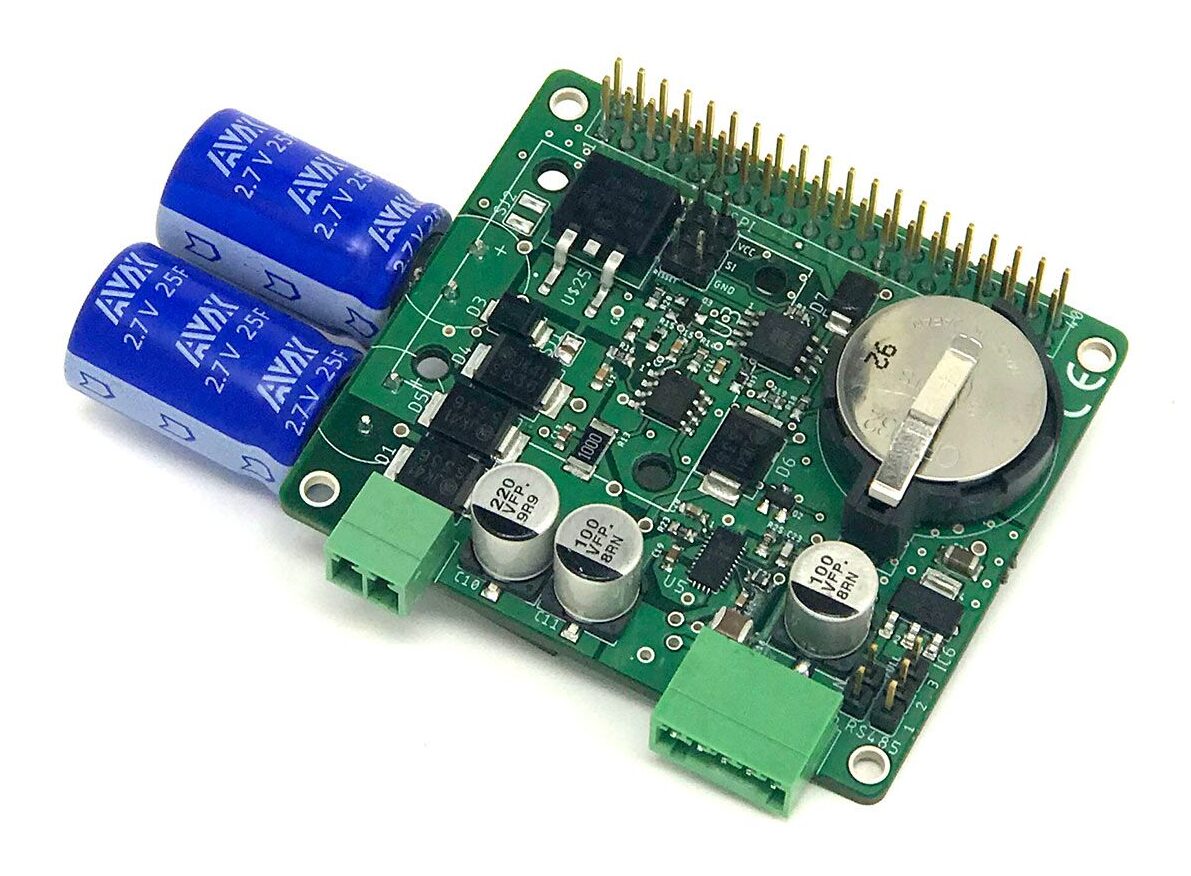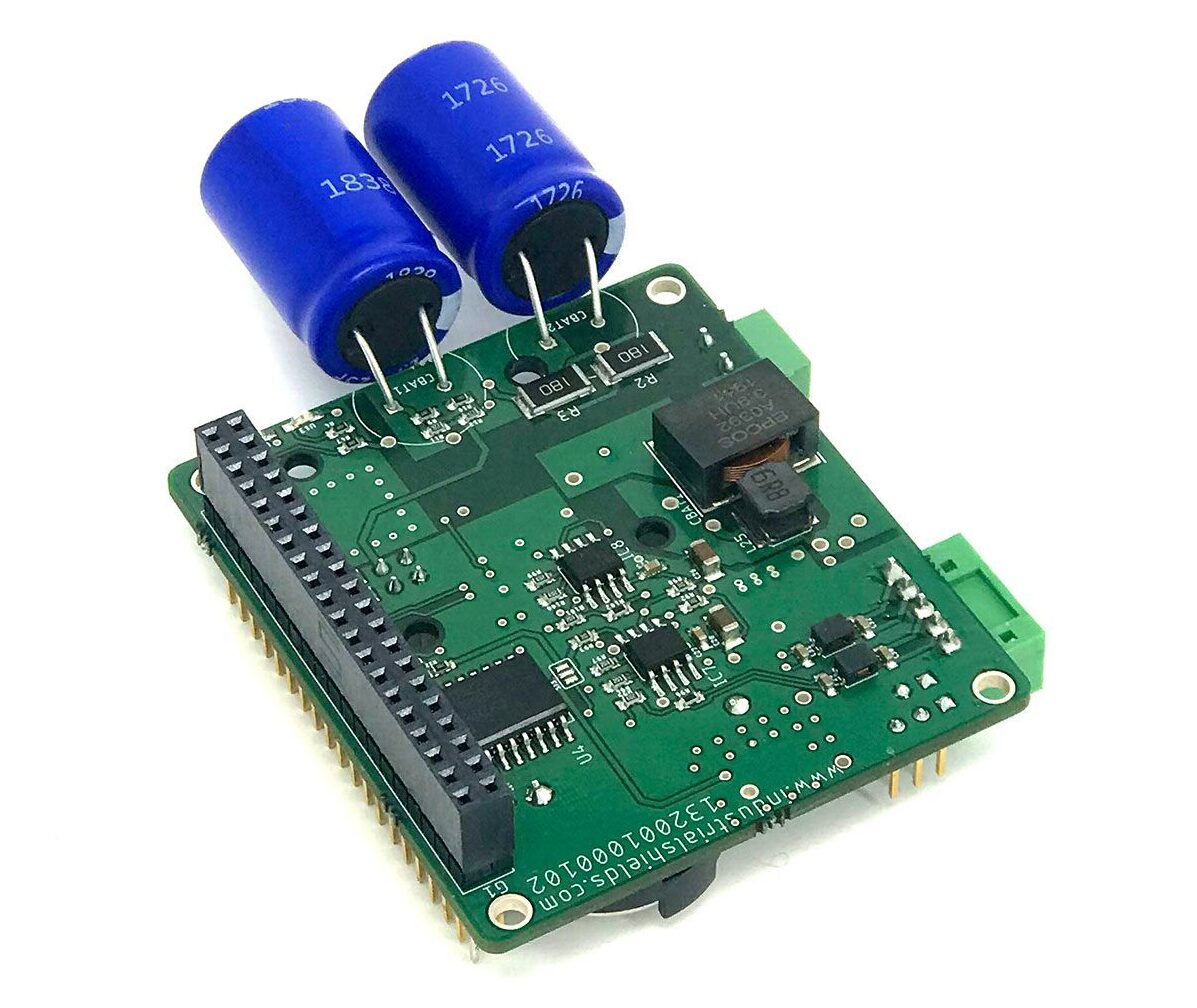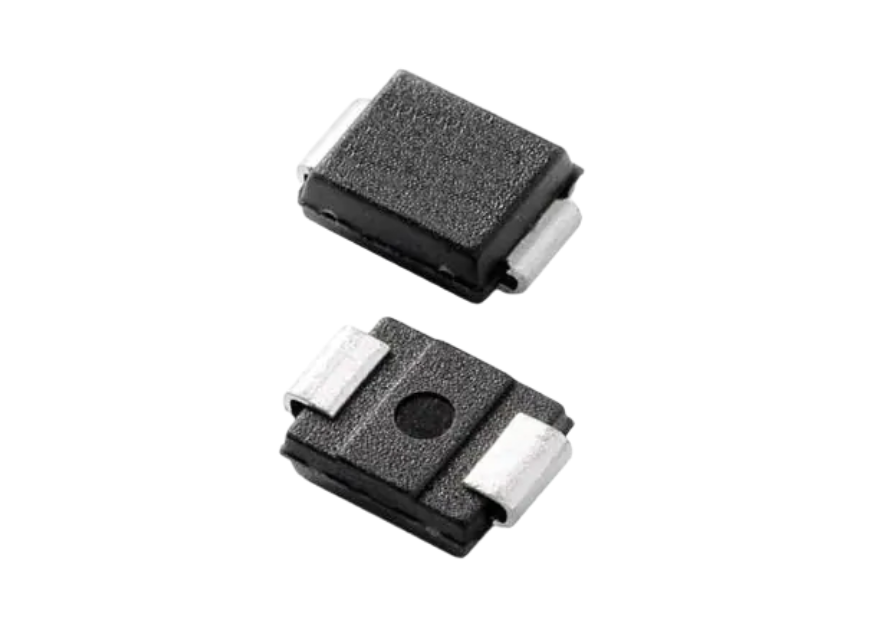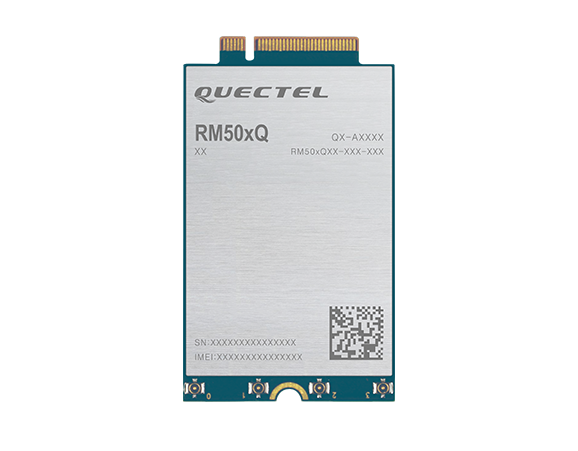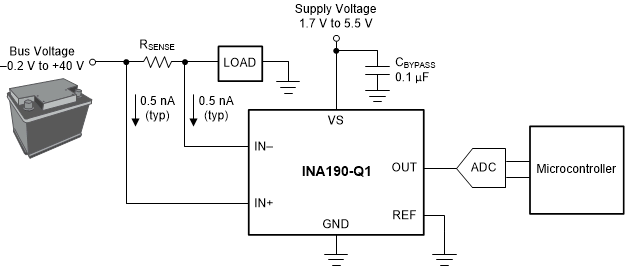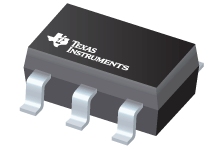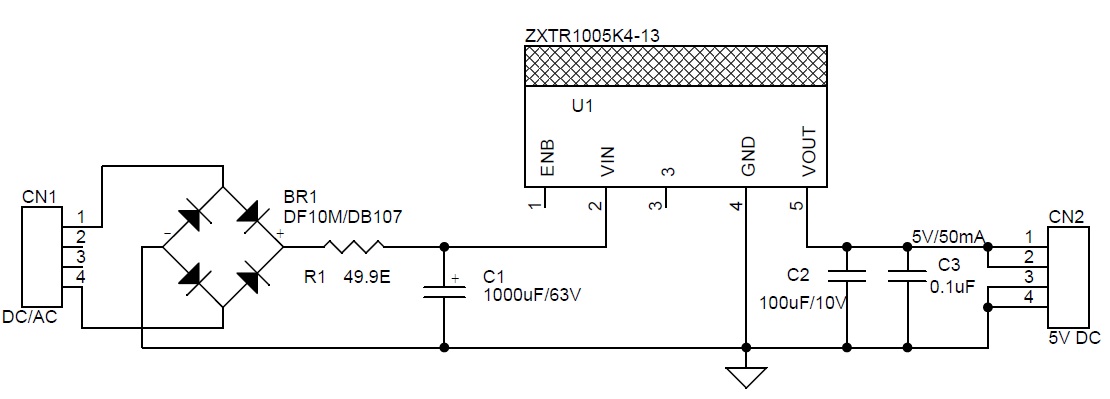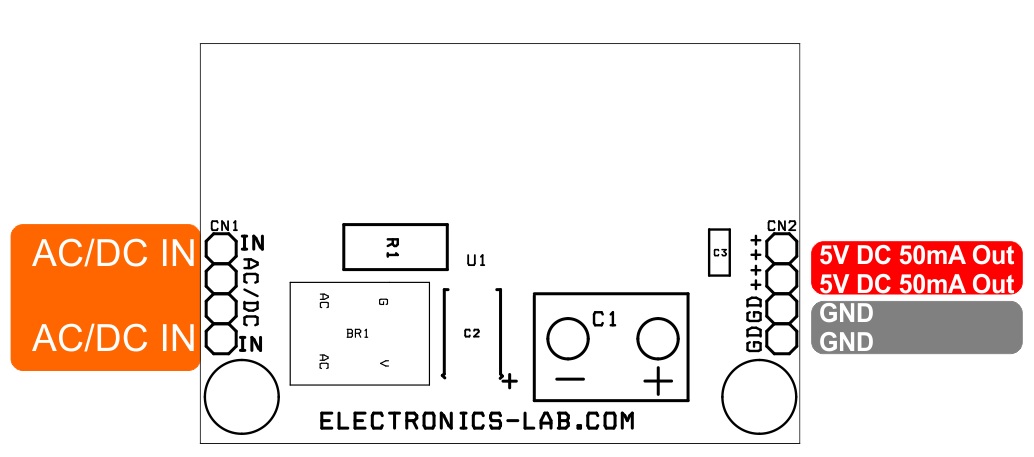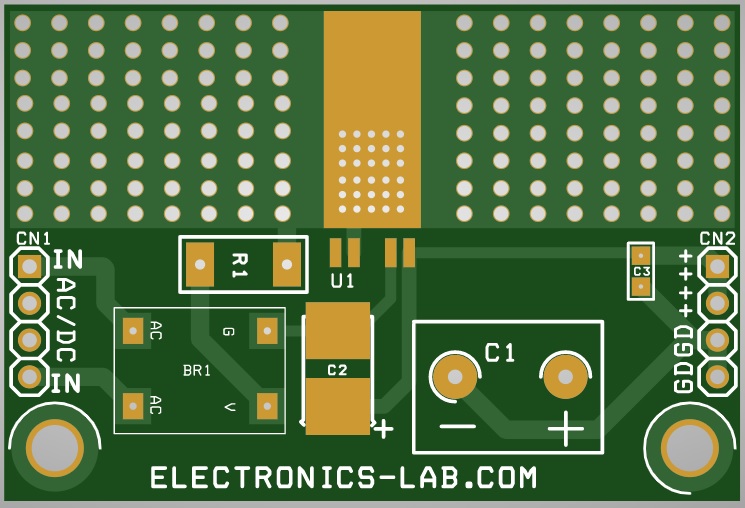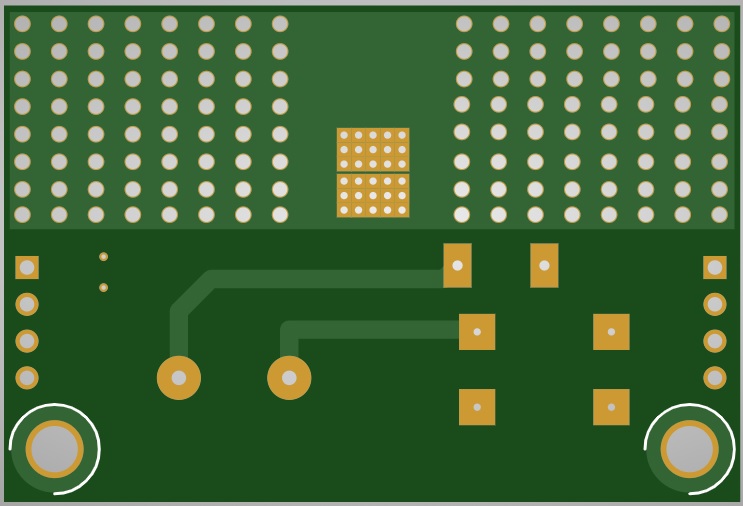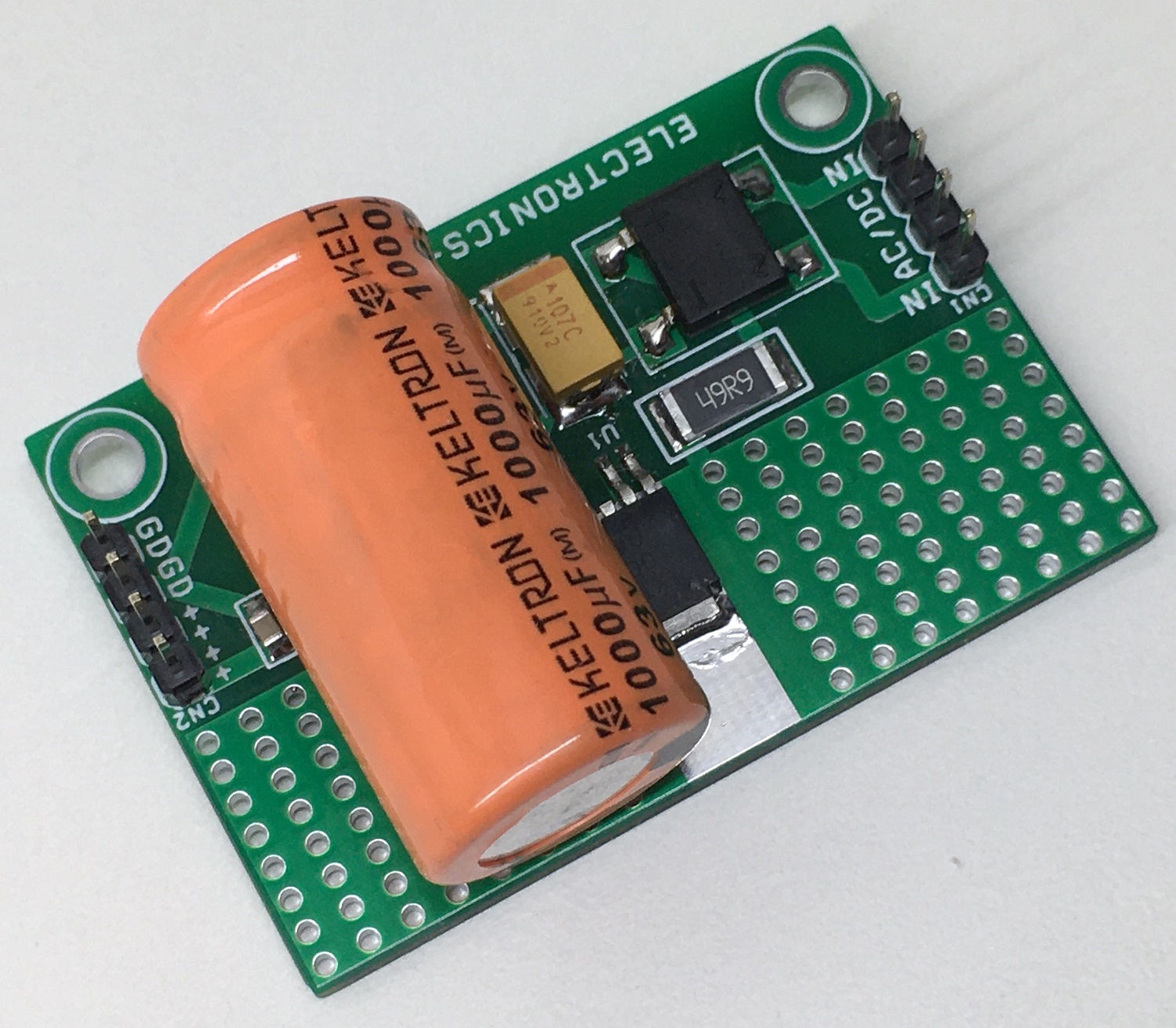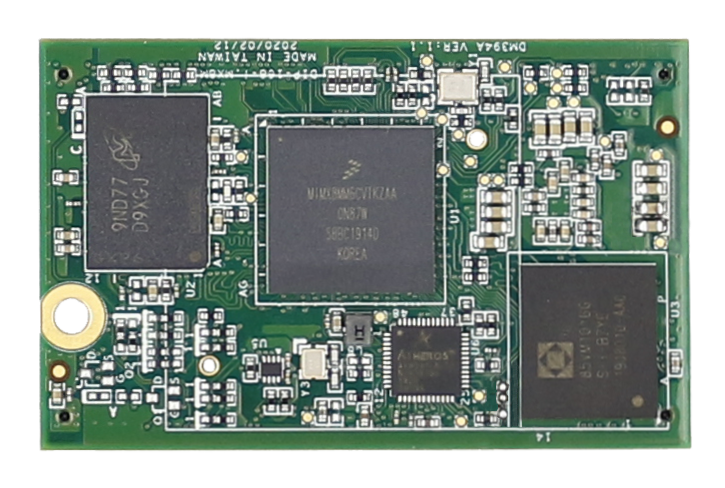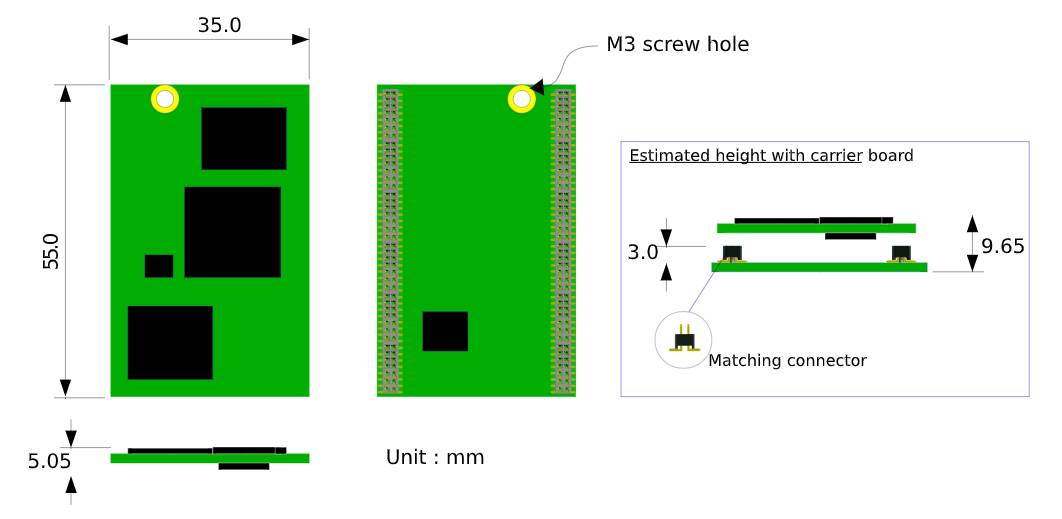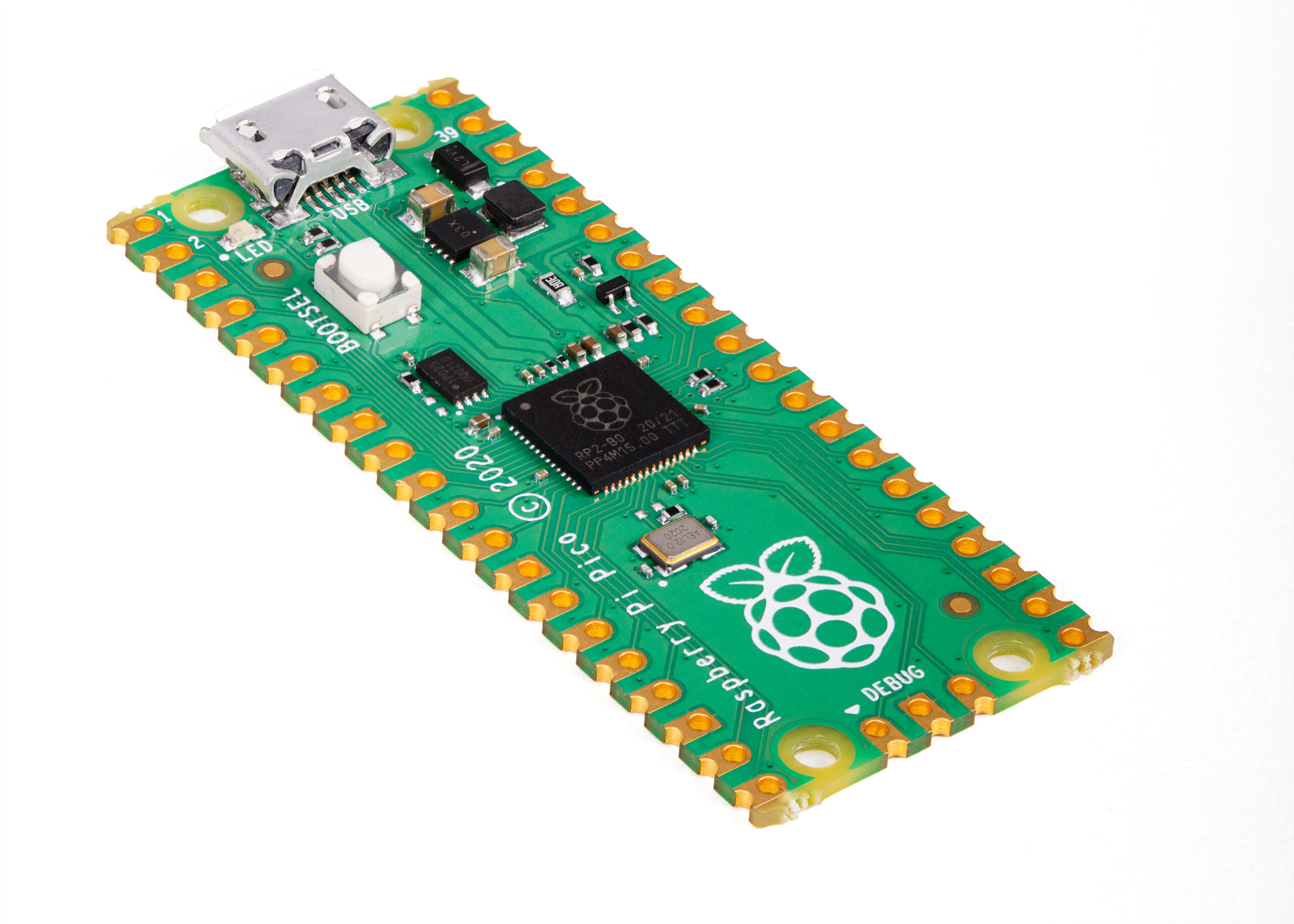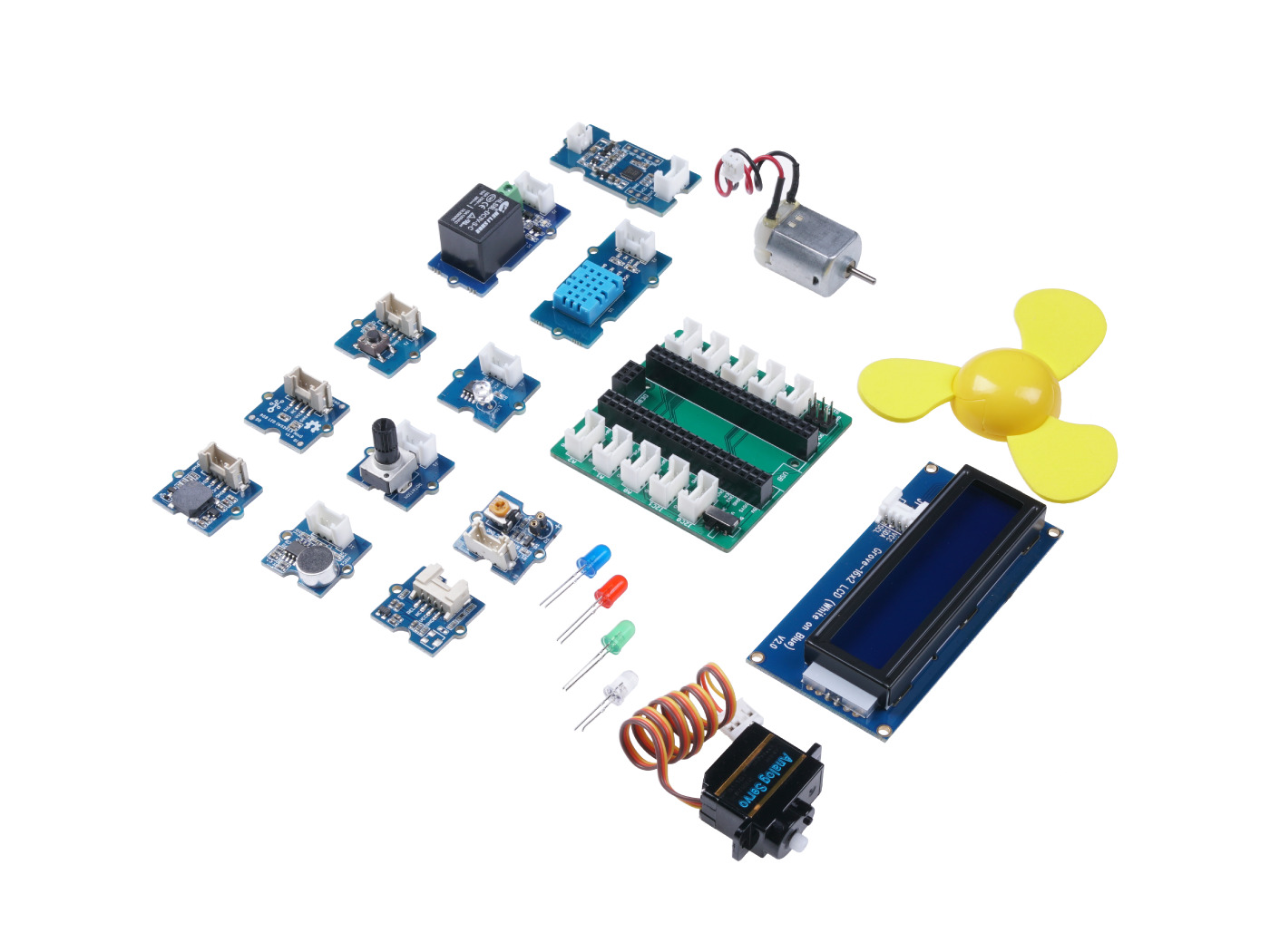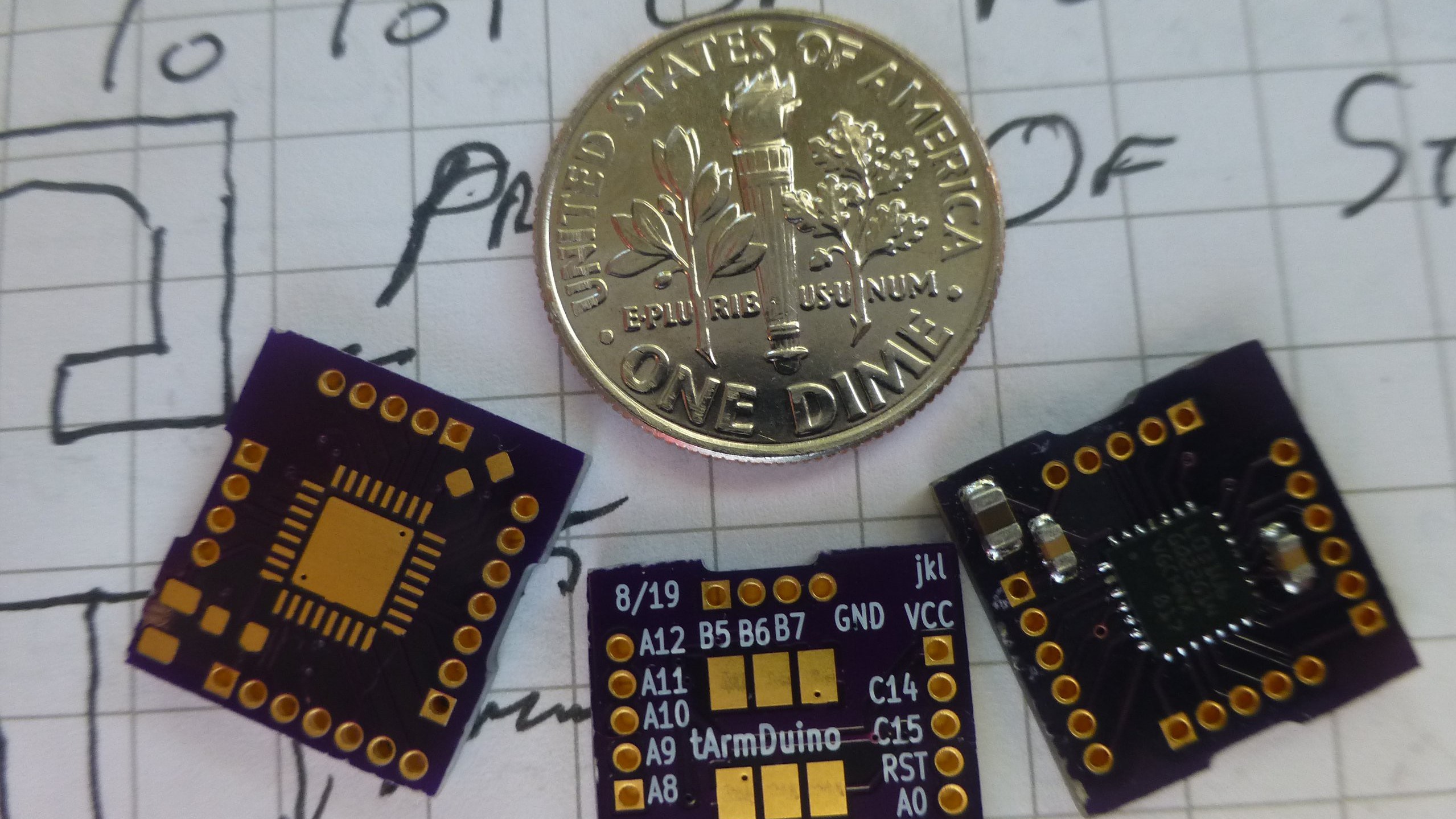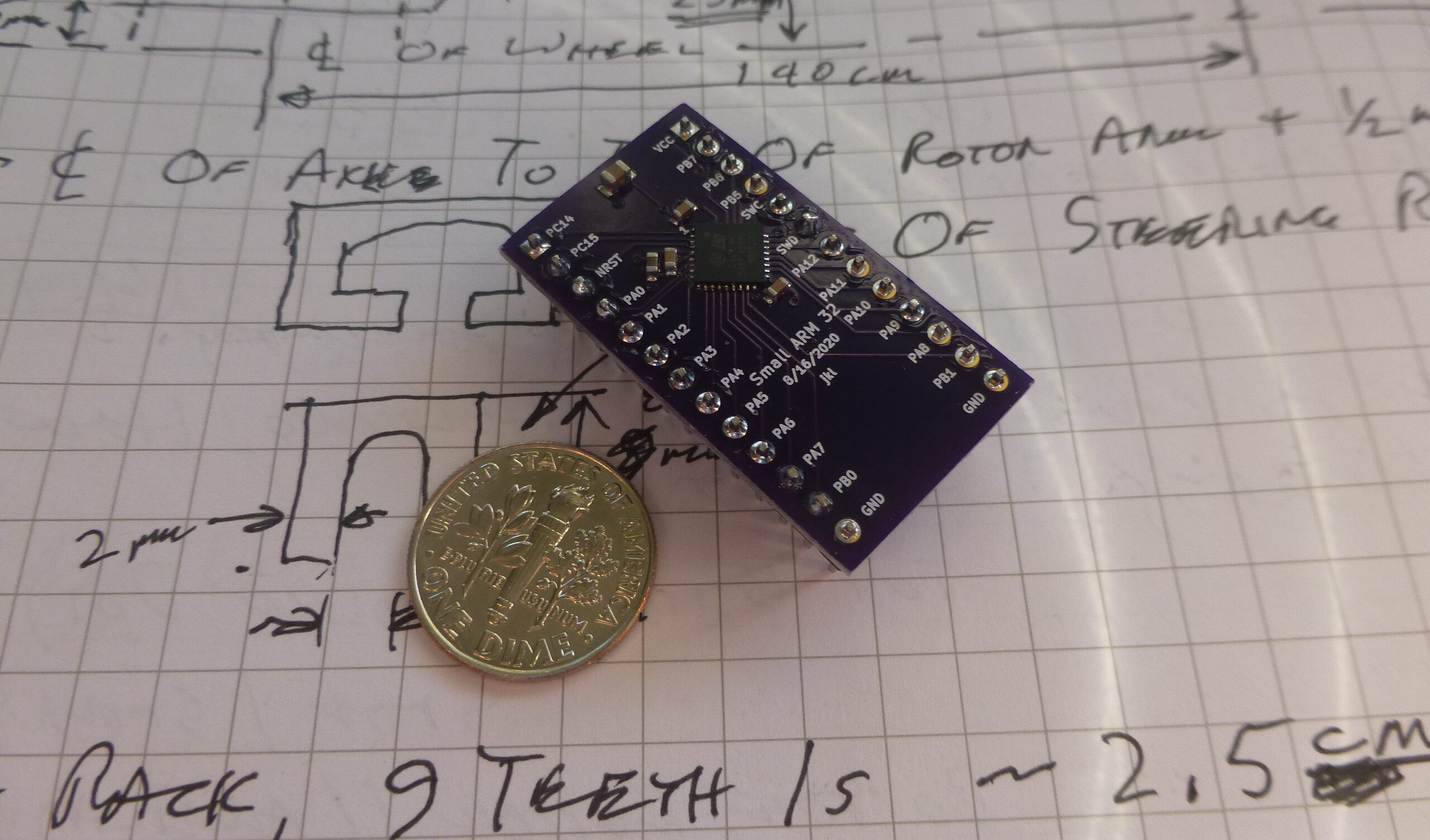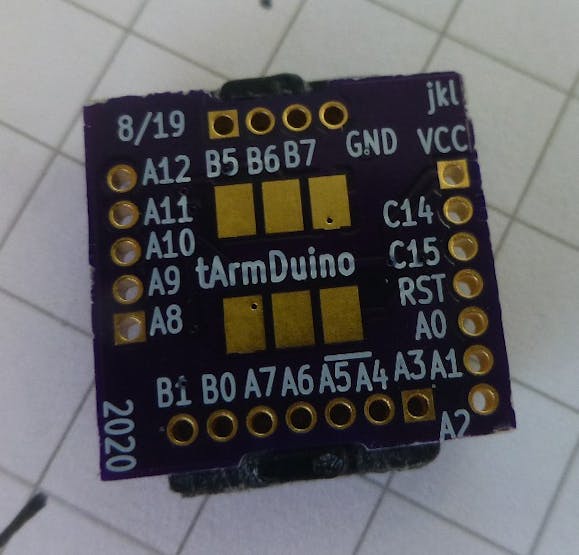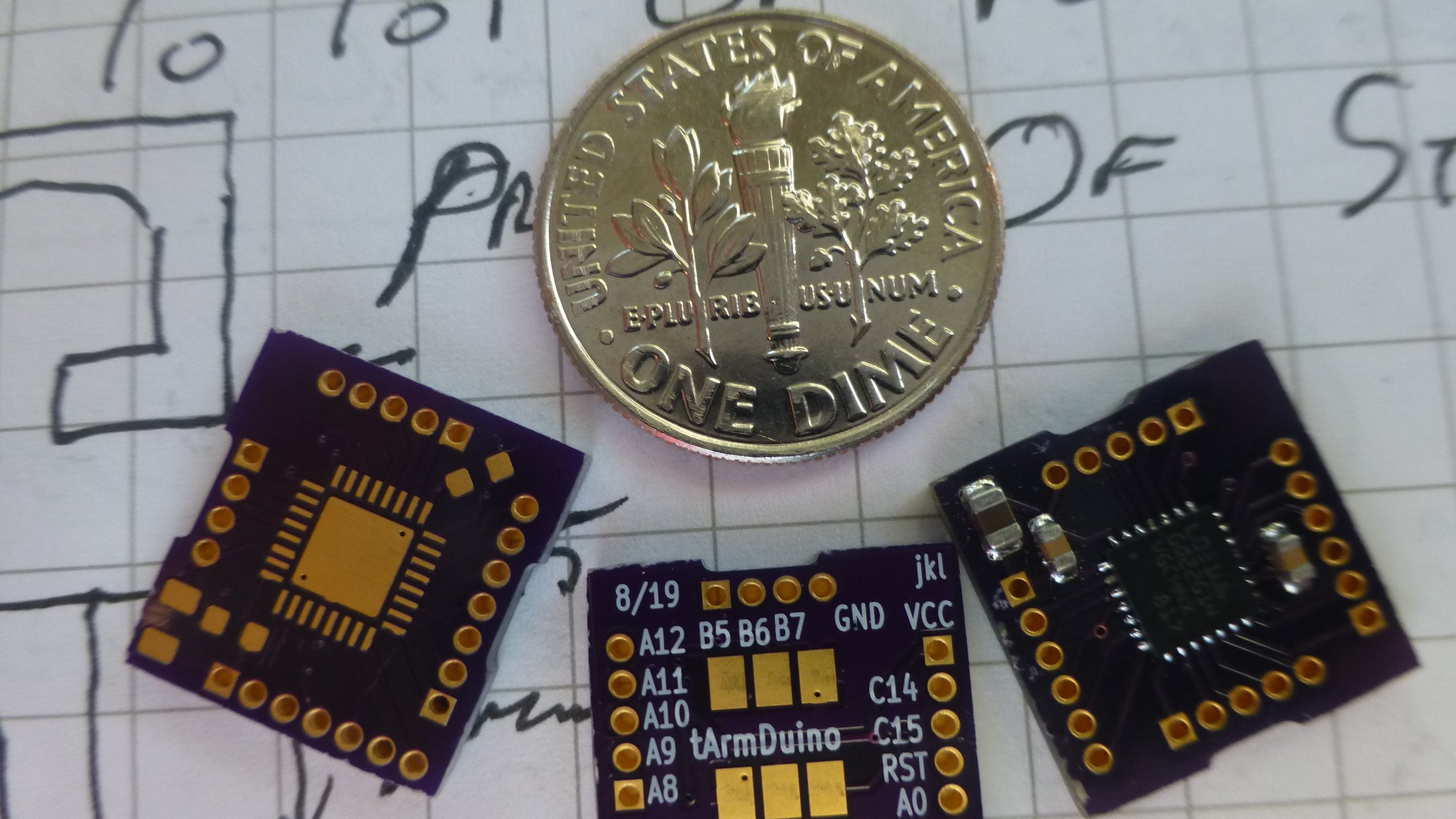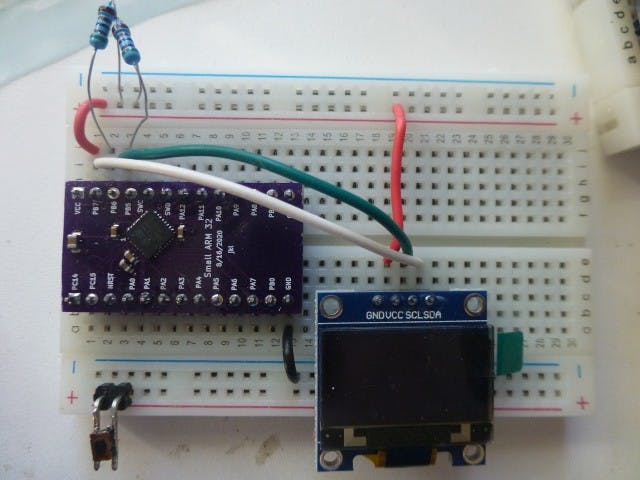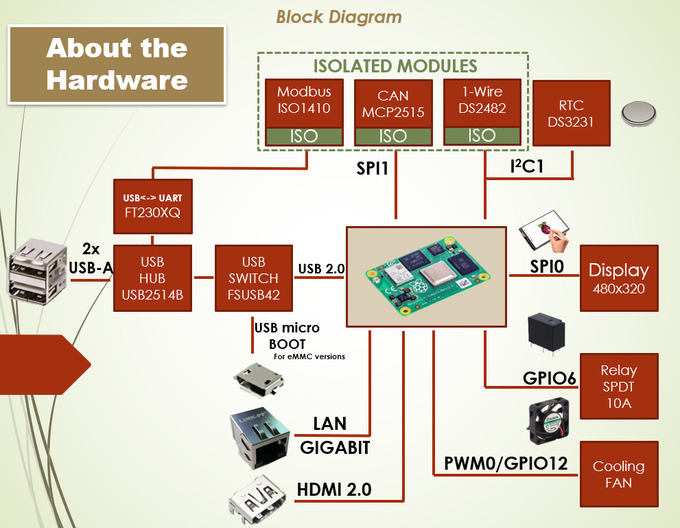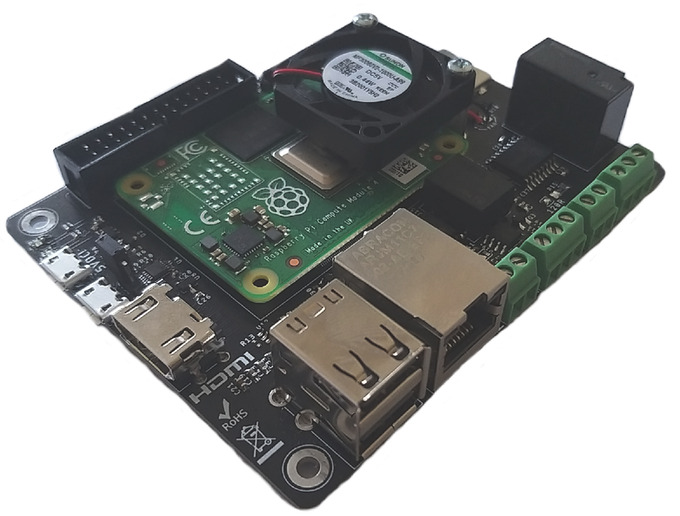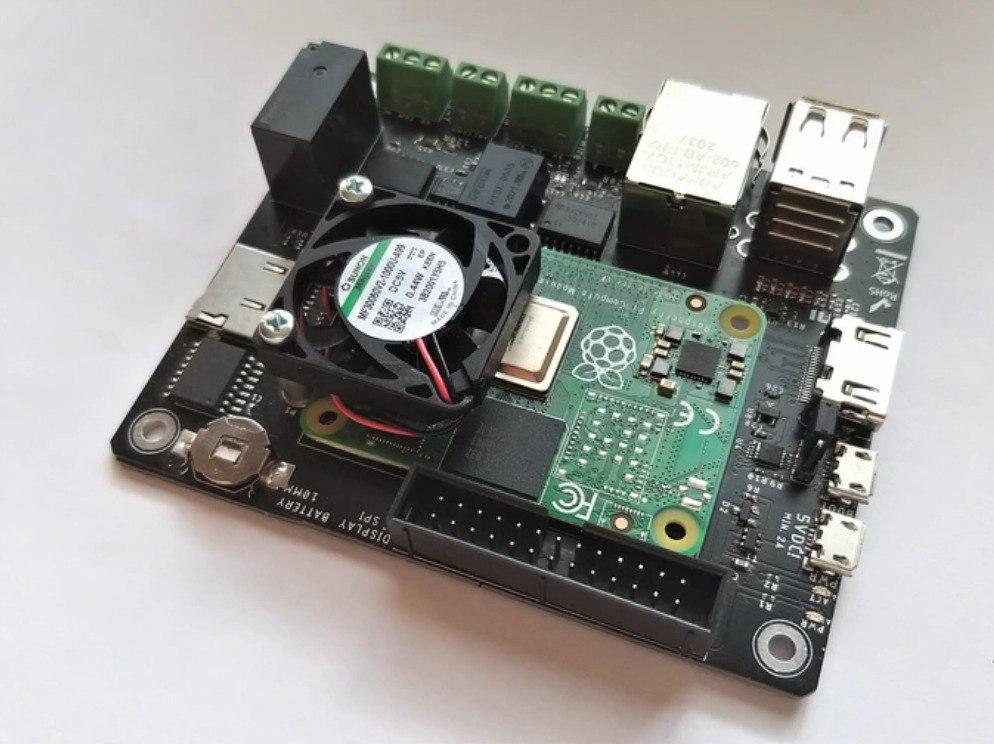ESP32-S2-DevKit-Lipo-USB is an ESP32-S2 based development board with USB host and device functionality USB-OTG
ESP32-S2 is a highly integrated, low-power, single-core Wi-Fi Microcontroller SoC, designed to be secure and cost-effective, with high performance and a rich set of IO capabilities. Compared to ESP32, ESP32-S2 is only single-core and misses the Ethernet and Bluetooth connectivity, but have many mode GPIOs which were missing in ESP32. The typical use is for WiFi-enabled devices. ESP32-S2 supports low power modes including deep sleep with as low as 20uA.
ESP32-S2-DevKit-Lipo-USB board is pin to pin compatible with Espressif ESP32-Saola-1, but adds Lipo charger and ability to work on LiPo power when the external power supply is missing, allowing handheld applications. ESP32-S2-DevKit-Lipo-USB uses the built-in USB interface and can work as host and device, even when powered by the LiPo battery. All components used are with industrial-grade operating temperature -40+85C.ESP32-S2-DevKit-Lipo-EA comes with an ESP32 module with a U.FL connector and external antenna attached.\
ESP32-S2-WROVER-DevKit-Lipo comes with ESP32-WROVER-B module with 4MB Flash and 2MB PSRAM. The power consumption of ESP32-WROVER-DevKit-Lipo is 65 uA in deep sleep mode.
ESP32-S2-DevKit-Lipo-USB can be programmed via a built-in USB interface, but the board has provisions for external programmers like ESP-PROG to be used for code programming.
Features:
- ESP32-WROOM-32 WiFi/BLE module or ESP32-WROVER-B module
- RGB led
- User button, Reset button
- Micro USB-OTG connector
- Can work as Host and Device
- Built-in LiPo charger
- LiPo battery connector
- PCB dimensions: (1.9 x 1.1)” ~ (4.8 x 2.8)cm
- Operating temperature -40+85C
The board is available for purchase for 6.95 EUR on Olimex eshop.


